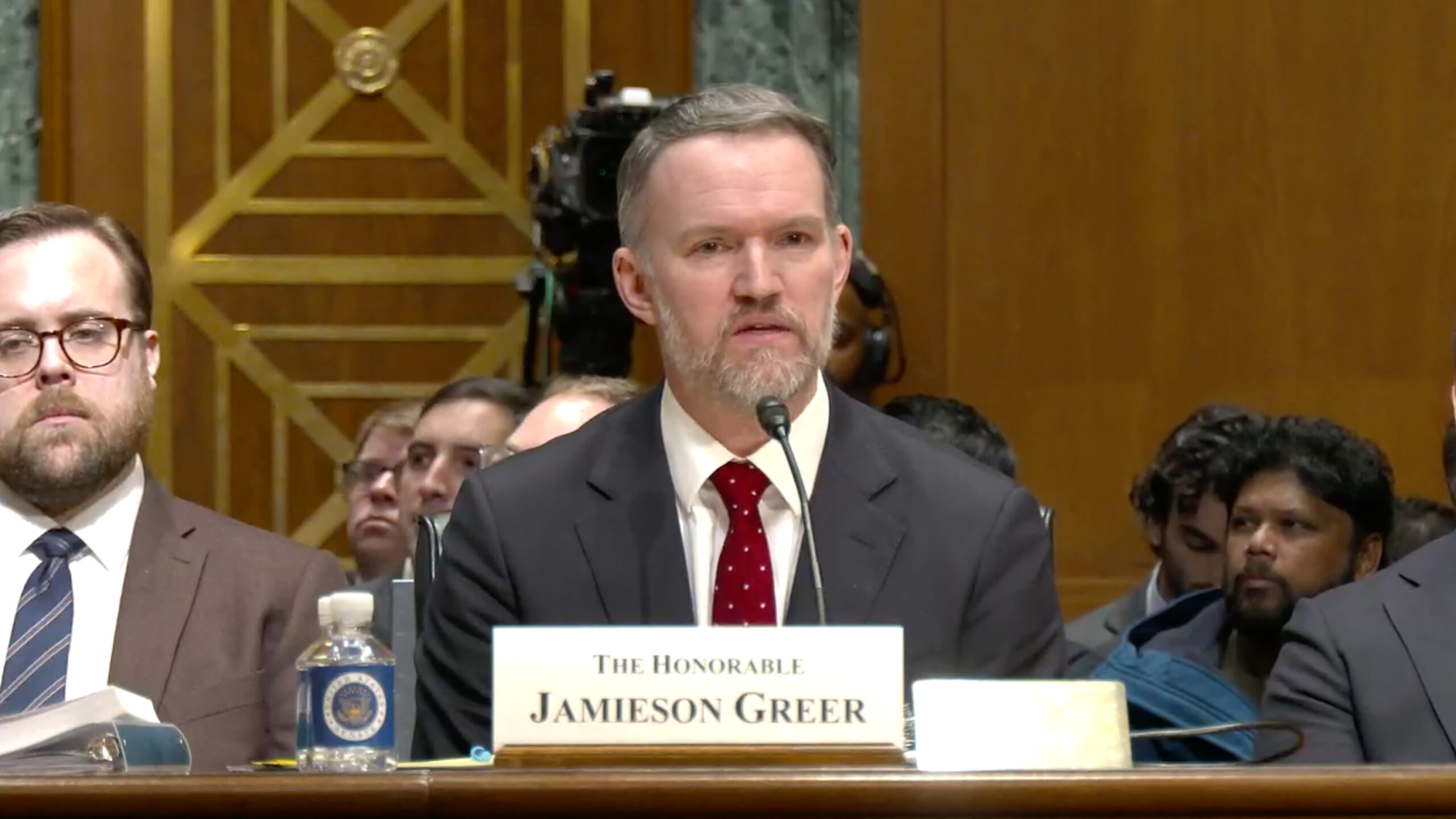The Food and Drug Administration published an updated list of drugs currently in shortage on Wednesday and of the 36, 21 of them are considered critical medicines.
The FDA produced a list of essential medicines and critical inputs to make drugs back in October, per Executive Order. Eight months later, and essential drugs as basic as morphine and lidocaine are still in short supply.
The FDA, of course, is not a buyer of drugs. And the market is not picking up the slack.
This is not a U.S. phenomenon. Italy and France have drug shortages, as well. China is in even worse shape for essential medication.
But the fact that this happens elsewhere is a poor excuse to do nothing. The President asked for this essential medication list and Congress has been talking about and writing legislation to increase domestic supply for the latter part of two years. And, yet, the shortfalls persist. Some of these shortages could be due to supply chain problems in China. Others are because labs are not making these low-profit generics.
CPA’s position is that the U.S. should lead on these critical drug shortages, even going so far as being a go-to supplier for Europe and elsewhere. Washington can use procurement contracts from the Biomedical Advanced Research and Development Authority (BARDA), within the Office of the Assistant Secretary for Preparedness and Response in the U.S. Department of Health and Human Services, as well as have the Centers for Medicare & Medicaid Services provide a higher reimbursement for American made drugs.
The updated list of drugs in short supply is below. Essential medicines are in bold type.
- Atropine Sulfate Injection
- Bacteriostatic 0.9% Sodium Chloride Injection
- Bumetanide Injection
- Bupivacaine Hydrochloride Injection
- Dexamethasone Sodium Phosphate Injection
- Dextrose 25% Injection
- Dextrose 5% Injection
- Dextrose 50% Injection
- Diltiazem Hydrochloride Injection
- Dobutamine Hydrochloride Injection
- Dopamine Hydrochloride Injection
- Epinephrine Injection, 0.1 mg/mL
- Fentanyl Citrate (Sublimaze) Injection
- Furosemide Injection
- Hydromorphone Hydrochloride Injection
- Ketamine Injection
- Lidocaine Hydrochloride (Xylocaine) Injection
- Lidocaine Hydrochloride (Xylocaine) Injection with Epinephrine
- Lorazepam Injection
- Mannitol Injection
- Methylprednisolone Acetate Injection
- Midazolam Injection
- Morphine Sulfate Injection
- Pantoprazole Sodium for Injection
- Potassium Acetate Injection
- Potassium Chloride Concentrate Injection
- Rifampin Injection
- Ropivacaine Hydrochloride Injection
- Sodium Acetate Injection
- Sodium Bicarbonate Injection
- Sodium Chloride 0.9% Injection Bags
- Sodium Chloride 23.4% Injection
- Sodium Chloride Injection USP, 0.9% Vials and Syringes
- Sodium Phosphates Injection
- Sterile Water for Injection
- Vecuronium Bromide for Injection
A 2019 study found that drug shortages were predominantly reported to have adverse economic, clinical, and humanistic outcomes to patients.
Patients were more commonly reported to have increased out-of-pocket costs, and higher rates of drug errors led to adverse events, mortality, or physical complaints from replacement drugs when the preferred treatment was not available.
Drug shortages are a global issue with nearly all pharmacists worldwide reporting supply issues each year. There were only 40 studies on this topic as of 2019 that reported patient impacts of drug shortages.
The reasons for such underreporting may be due to the problem being so common that no one questions it, or that drug shortages are a new phenomenon that has not yet been fully explored. Another reason is that clinician time is spent dealing with workarounds to find new drugs, and time for research, audits, documentation, and follow-up is not available, the 2019 report authors led by Jonathan Minh Phuong of the University of Sydney’s Pharmacy School in Australia wrote.
Research evidence of patient consequences may be an underreported phenomenon. Regardless of the medicine in short supply, the majority of patient outcomes resulting from the shortage were mostly disadvantageous to patients in some way, either financially or in terms of healthcare outcomes.
On May 25, CPA sent a letter to the Chairs and Ranking Members of the Senate Health, Education, Labor, and Pensions Committee and the House Energy and Commerce Committee regarding the FDA’s lack of action on addressing shortages of essential and lifesaving products, including critical generic medicines and baby formula, and the agency’s failure to help increase domestic production.
An excerpt from the CPA letter about the FDA to those Committee chairs states: “the FDA’s response to these shortages has been nonexistent. Most recently with baby formula, the FDA’s solution to a lack of domestic supply was to “ease import restrictions.” Not only is this not a real solution, but it also completely ignores the underlying problem. We strongly urge the committee to overhaul the statutory framework that has allowed the FDA to enable this rolling disaster. The FDA’s infamous gold standard no longer exists. Their continued reliance on cheap, subquality imports is urged on by foreign and domestic multinational pharmaceutical companies and profit-maximizing hospital procurement officials.”












